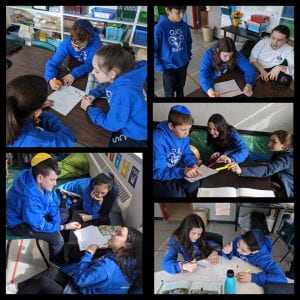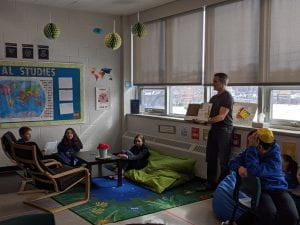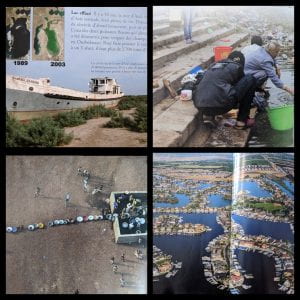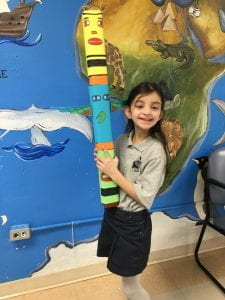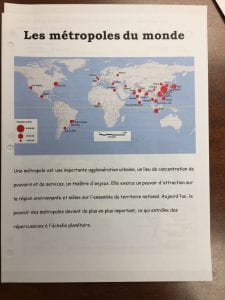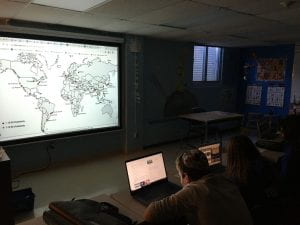Our Middle School students are now the historian! Each student is being asked to write a weekly journal entry detailing their experiences with how the country, communities, neighbourhoods, friends, and families are responding to COVID-19. They are creating a primary source document that will be used by people in the future to learn about this important period in history. Each week there is a different prompt to respond to. The first week was all about just explaining how their life has changed, and what the advantages and disadvantages are.

For our second prompt, we discussed as a class what a silver lining is and that it’s important to find the positives in any situation. This could include spending more time as a family playing board games. Each student chose a positive news story about ways that communities are coming together. While we’re apart, we’re not alone.
